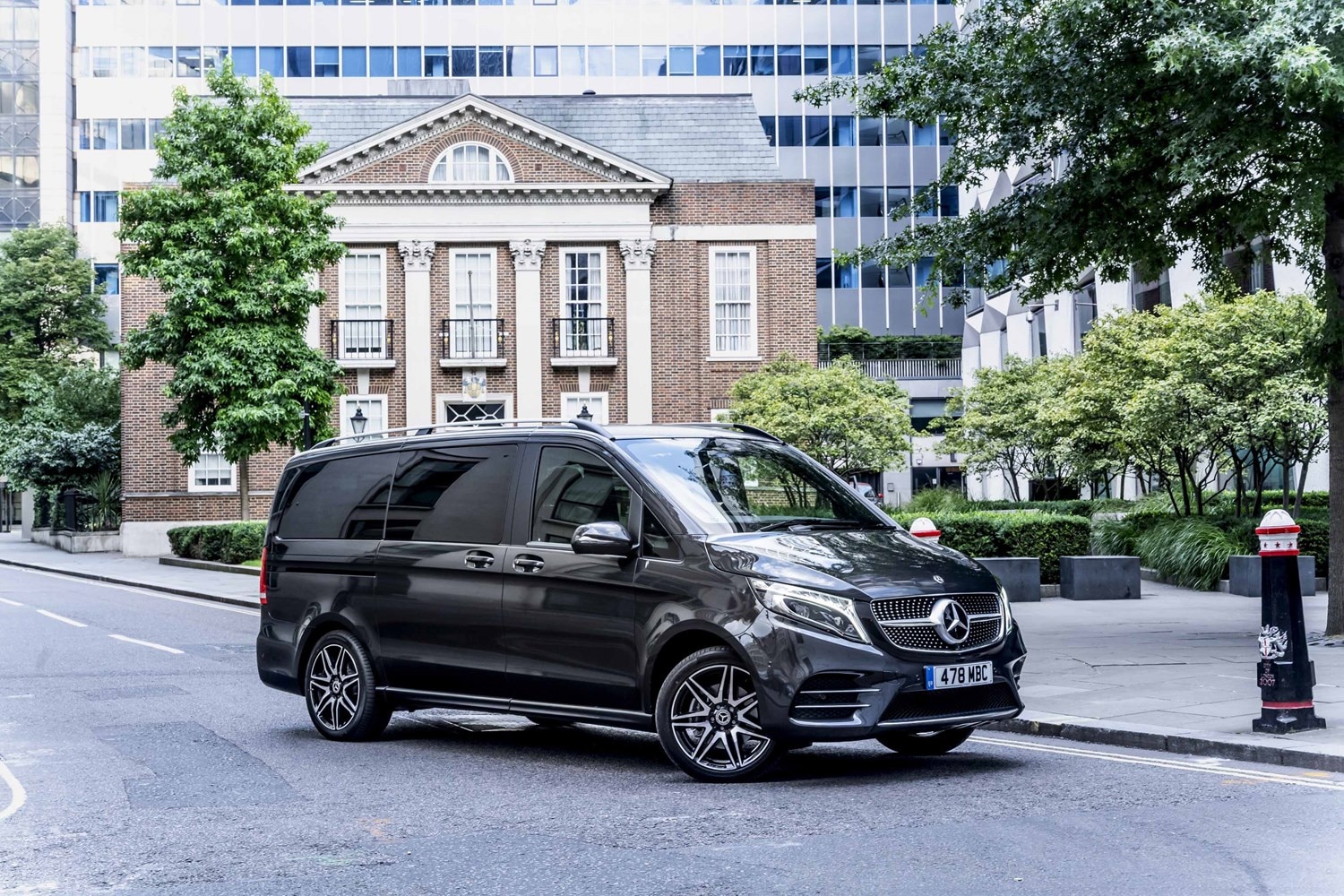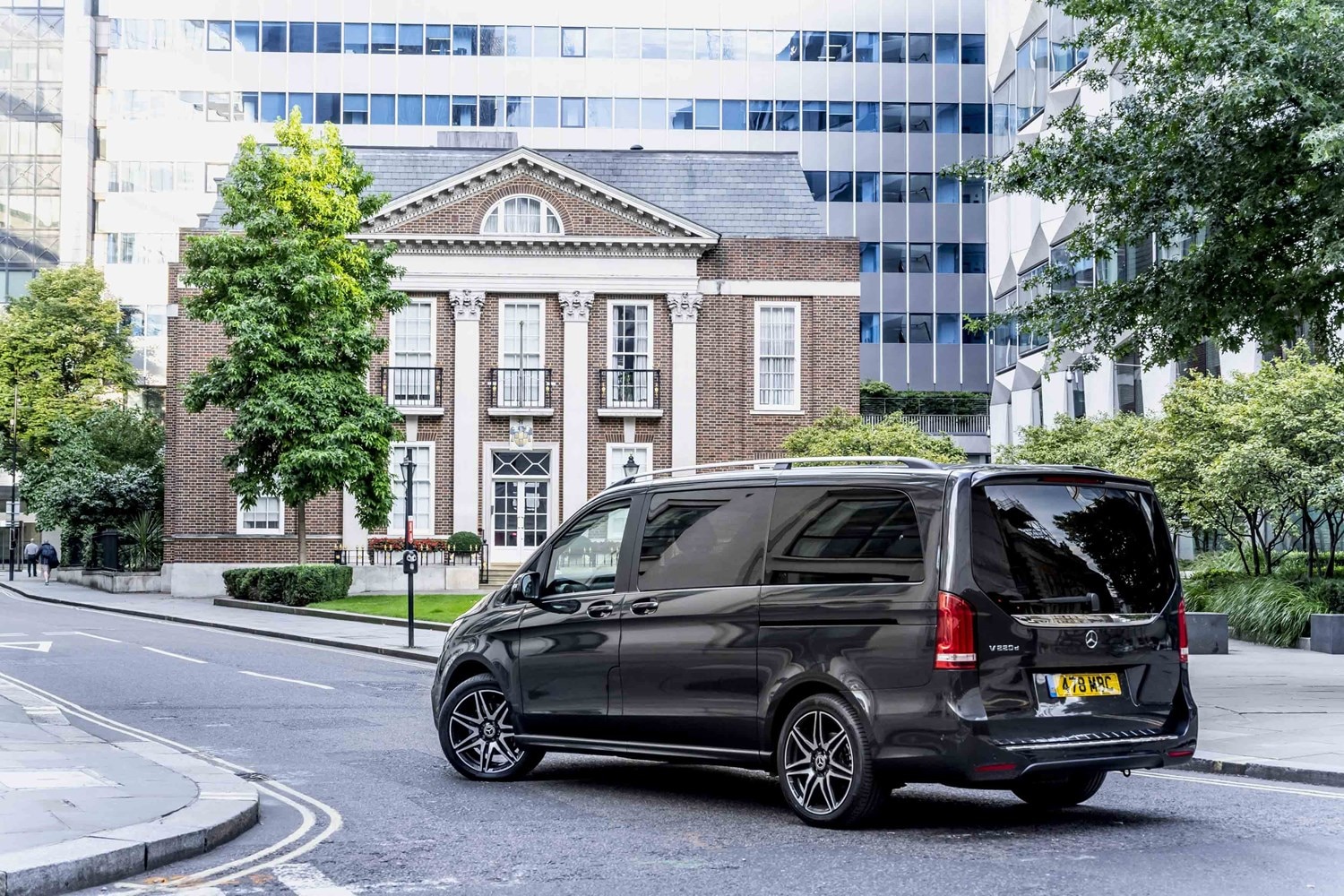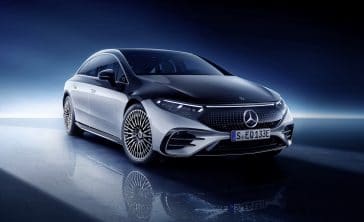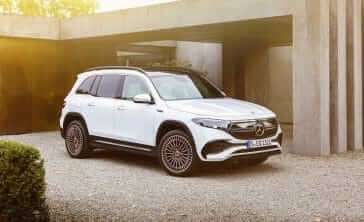Model Review
The Mercedes-Benz V-Class first went on sale in the mid-90s and was essentially a converted van, able to carry multiple people in comfort. Now while most mainstream MPVs can carry seven, there’s always an issue with space in the rearmost seats. In the V-Class though, all occupants had plenty of room to stretch out in comfort, in a package that was built to the high quality you would expect from a brand like Mercedes-Benz.
The second generation arrived in 2004 and with it came with a new name, Viano. It was available with six, seven or eight seats and could be arranged in a multitude of formations, with rows of seats behind each other, while the middle row could be turned around to face the rearmost passengers. It proved hugely popular for corporate taxis, carrying executives around in luxurious comfort, and because of the size and sliding doors, all occupants - no matter the seating formation - could get access to the seats more easily than other MPV rivals.
In 2014, the third generation was launched and with it came the return of the V-Class badge and a much more premium look and feel. On the outside, while still distinctively a van, it features a more high-end look, with a large grille similar to that of Mercedes’ passenger car range. Higher spec models come with privacy glass, alloy wheels and sliding doors that really give an upmarket look and feel. That’s probably why it’s proved popular with celebs.
Inside, the cabin is a considerable step away from a commercial vehicle, with high-quality materials and a modern layout.
Latest model
The latest-generation V-Class may be unique in this class, but it’s not alone. Rivals like the Toyota Proace Verso and Hyundai i800 both offer similar levels of space in a similarly proportioned package. However, few rivals have the levels of luxury you’d expect from a car with a three-pointed star on the bonnet.
Just like its commercial vehicle sibling, you get a high driving position with a commanding view over the road ahead which is great around town, however, negotiating tight spaces or pulling out of junctions is a little trickier because of the rather wide front pillars.
If you’re looking for an electric alternative then the EQV is also worth considering as it does everything you’d expect from a people carrier, in a vehicle with an electric range of around 213 miles.
Value for money
Mercedes claims the V Class should return an economy figure in the mid-40mpgs depending on which model you go for. Drive it carefully and the lower-powered 220d will average 45.6mpg, while the more powerful 300d will return 44.8mpg.
If you want to go down the electric route then be prepared for a big purchase price. It will cost you just over £70k to get behind the wheel, which means you’ll have to do a lot of miles to see any sort of fuel savings. The good news is it only takes around 45 minutes to charge using a 110 kW public rapid charger.
Looks and image
What makes the V Class stand out from the rest of its rivals is that while it is largely based on a van, as soon as you see that three-pointed star on the bonnet you’re aware that it’s going to be a far more premium option than rival offerings.
It doesn’t take long to forget its commercial routes, especially when you step inside, even more so on the higher-spec models. The further up the range you go the more polished the V Class looks with additions like a body kit and larger alloys that really make it look every bit a high-class Mercedes.
Space and practicality
It goes without saying that any people carrier with origins as a commercial vehicle is not going to struggle for space. The V Class is one of the biggest in its class, in fact. Getting in and out of the back is a doddle thanks to electric sliding doors and seats that slide back and forth even the sharpest dressed executive won’t find it undignified getting in the rearmost seats.
You can set the seating arrangement depending on the mood thanks to all seats being located on runners, however moving them isn’t as easy as other MPVs, and if you want to turn it into a van you’ll have a tough job taking the seats out and putting them back. The standard seating arrangement has two individual seats in the second row which can be upgraded to recline and even massage. Long and extra-long versions come with eight seats as standard. It’s worth noting that with all seven seats in place, the boot is relatively small, so if all the seats are occupied you won’t be able to accommodate luggage too.
Engines
There isn’t much choice when it comes to engines, in fact, there’s only one diesel, a 2.1-litre unit with either 166bhp or 187bhp.
The lower-powered version, badged 220d is a good all-rounder but it can struggle when fully laden with people, so we’d be more inclined to opt for the more powerful 300d, especially if you’re doing a lot of town driving.
Behind the wheel, you can feel the V Class’ commercial underpinnings though. The ride can feel a little on the soft side, even with the fitment of adaptive suspension.
Alternatively, if you want to go down the electric route, then the new EQV is well worth considering but be warned - it is hugely expensive.
Running costs
As we’ve already mentioned, the V Class should return at least 40mpg regardless of which engine option you go for, so it’s not going to break the bank when it comes to fuel costs.
With both diesel versions using the same diesel unit, emissions work out to be fairly similar. The V220d has emissions of 157 g/km with the more powerful version emitting 155g/km of CO2.
The electric EQV is a seriously viable option though especially for anyone doing plenty of miles, as it should manage 250 miles on a single charge.
Things to look out for
Most commercial vehicle drivers like their vehicles on the road rather than in the workshop being fixed. That reliability is one of the reasons the V Class has proved so popular and the latest version shouldn’t buck the trend.
Mercedes has had a reputation for offering a sub-standard service and poor customer care, but that is an area they are keen to rectify, but it’s worth bearing in mind when you’re making your choice.
Rivals
The luxury MPV class is a pretty limited one, in fact, none of the other premium brands like Audi, BMW or Jaguar has any vehicles in this class. Instead, you’ll be looking at competition from Toyota, Hyundai and Volkswagen which means a slight step down in quality.
The Toyota Proace Verso and Hyundai i800 are both noticeably cheaper but you notice the difference especially on build quality. The Volkswagen Transporter also can feel a bit van like on lower-spec models. Other considerations include the Ford Tourneo and Peugeot Traveller.
Depreciation
Anyone looking for a luxury people carrier won’t be surprised to hear that the V Class does a great job of holding onto its value. That’s largely because of the rather limited premium competition in this segment, meaning it should hang onto over half of its list price over the first three years.





